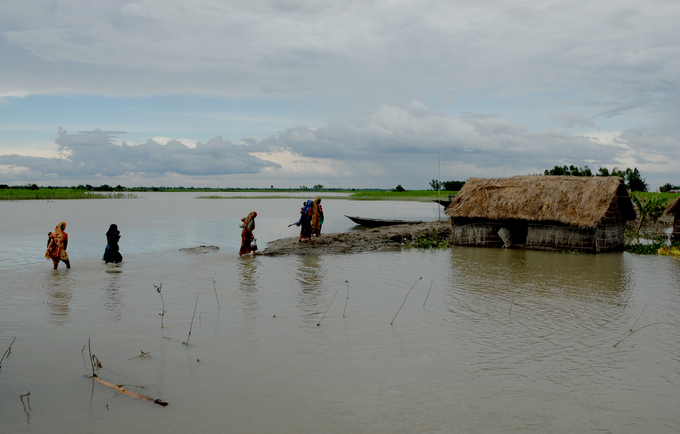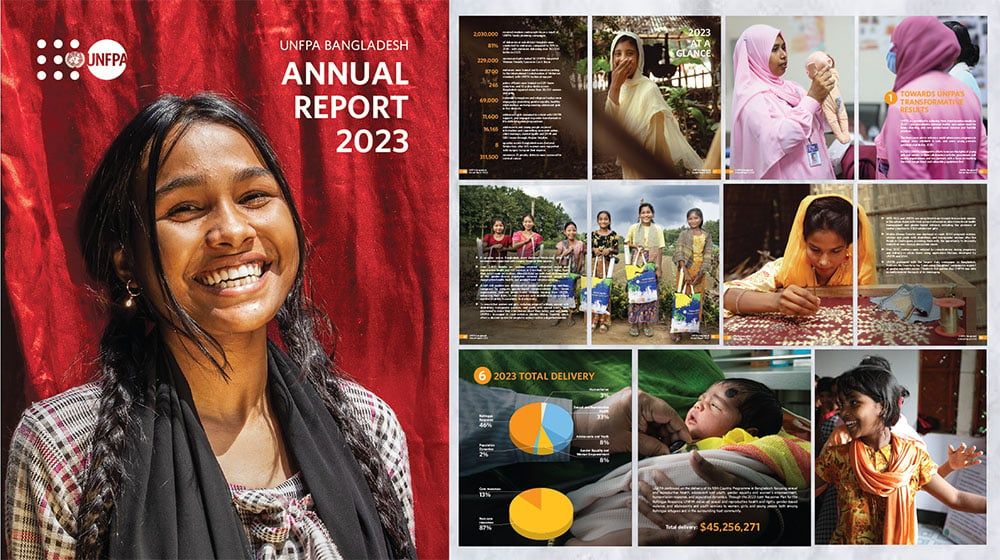During natural disasters and other emergencies, sexual and reproductive health needs are easily overlooked – yet these needs are often staggering. In crisis situations, one in five women of childbearing age is likely to be pregnant. Without access to reproductive health services, these women face an increased risk of life-threatening complications. Many women also lose access to family planning, exposing them to unwanted pregnancies in perilous conditions. Women and young people also become more vulnerable to sexual violence and exploitation. And the hygiene needs of women and girls are often neglected.
UNFPA works closely with governments, UN agencies, community-based organizations and other partners to ensure that reproductive health is integrated into emergency responses. UNFPA deploys hygiene supplies, obstetric and family planning supplies, trained personnel, and other support to vulnerable populations, and works to ensure the needs of women and young people are served through both an emergency and the reconstruction phase.
UNFPA in Bangladesh works with national partners to:
- Provide training on service delivery in emergency situations for service providers and program managers (supply side), and establish a network of operational partners.
- Integrate Minimum Initial Service Package (MISP) into training curricula and service delivery strategies at early stages in post-emergency situations in response to SRH needs and GBV prevalence/mitigation.
- Ensure the provision of counselling and health treatment services for GBV.
- Work with communities on addressing SRH/FP needs within context of emergency/disaster.
- Influence the Government’s national strategies, policies and programmes on emergency/disaster management and response:
- Ensure adequate resource allocation through evidence-based data collection and analysis.
- Integrate SRH/FP and GBV into national strategies on disaster management and response.
- Ensure national response to emergencies incorporates SRH/FP service delivery, GBV prevention and treatment into standardized operational guidelines.




